Organization
Division of Cancer and Senescence Biology
Staff
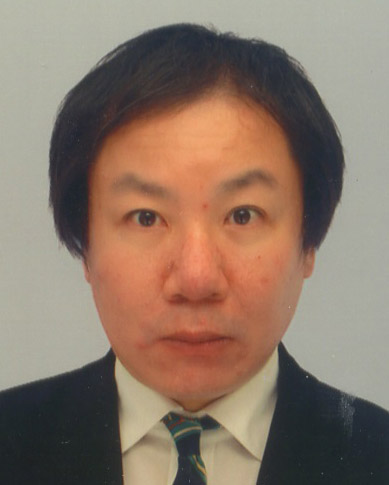
Professor
Johmura, Yoshikazu

Associate Professor
BABA, Tomohisa
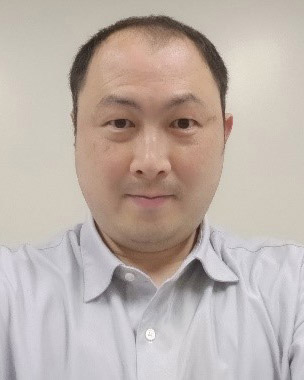
Assistant Professor
NAKANO, Yasuhiro (Young PI)
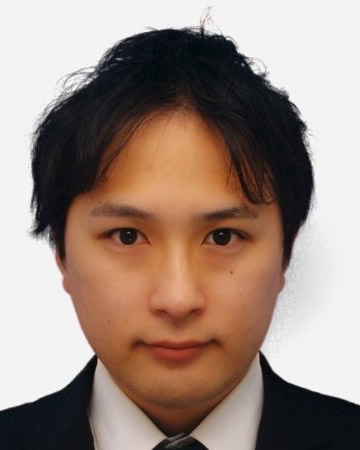
Assistant Professor
KUMAMOTO, Soichiro
Aims, Ongoing Projects, and Recent Achievements
Understanding the diversity of senescent cells and developing innovative approaches for senotherapy
It is becoming clear that the accumulation of ‘senescent cells’ that are induced by various stressors including DNA damage and show characteristics such as irreversible arrest of cell proliferation and secretion of bioactive molecule (SASP) is important for the onset and progression of aging-related diseases including cancer (Fig. 1). On the other hand, our recent research has revealed that various cell types in the body become senescent cells, and that the functional changes caused by senescence vary greatly from cell type to cell type. In other words, in order to control the onset and progression of age-related disorders caused by the accumulation of senescent cells, it is of significant importance to understand the diversity of senescent cells at the molecular level. In this lab, we will combine various approaches, such as molecular biology, cell biology, mouse genetics, and bioinformatics, to elucidate the molecular mechanisms of induction, maintenance, and function of senescent cells in vivo, and to develop innovative approaches to control senescent cells (Senotherapy), such as selective removal of senescent cells and cell rejuvenation by altering epigenomic information.
Elucidation of the mechanism of increased incidence and malignant progression of cancer with aging and development of new prevention and treatment for cancer
One of the most important risk factors for the development of cancer is aging. The incidence of many cancers increases with age, and the pattern is similar to those of typical age-related diseases. Genetic engineering of senescent cells from aged mice greatly reduces the carcinogenesis rate, suggesting that abnormalities in tissues and organs caused by the accumulation of senescent cells and the subsequent aging are essentially involved in the increase in carcinogenesis with aging. On the other hand, our recent studies have shown that senescent cells also exist into cancer tissues and may play a key role in the progression of malignancy and resistance to treatment by maintaining the function of cancer stem cells, and so on. In this lab, by combining various tissue- and organ-specific cancer models with genetic-engineered mice for visualization and removal of senescent cells, we aim to clarify the overall picture of senescent cells in cancer tissues and the surrounding tissues to elucidate the mechanisms of the increase in incidence and malignant progression of cancer with aging, and to develop new cancer prevention and treatment methods (Fig. 2).
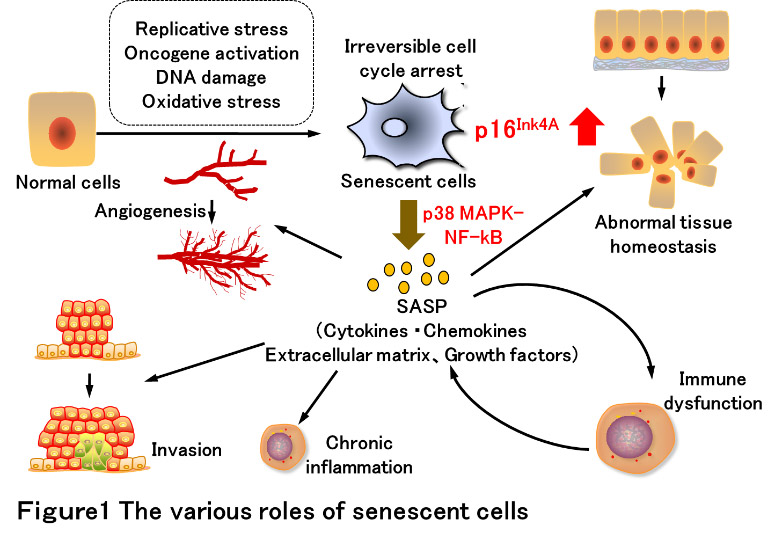
Figure 1 The various roles of senescent cells
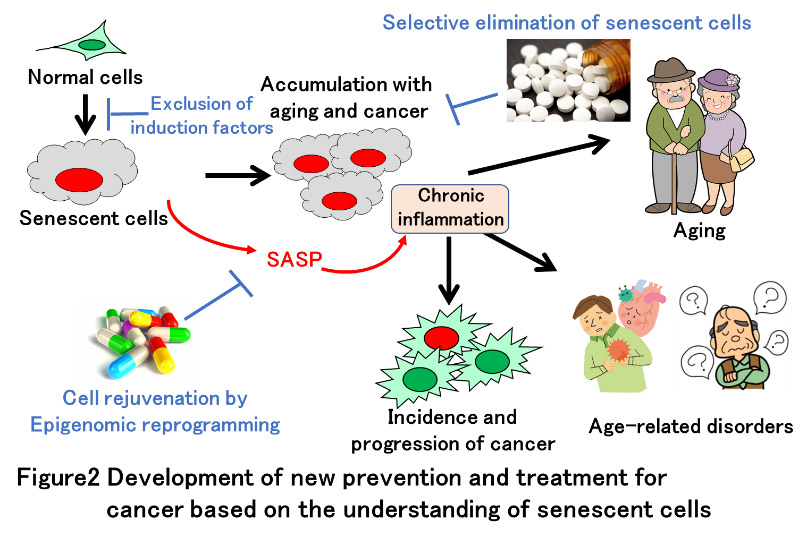
Figure 2 Development go new prevention and treatment for cancer based on the understanding senescent cells

